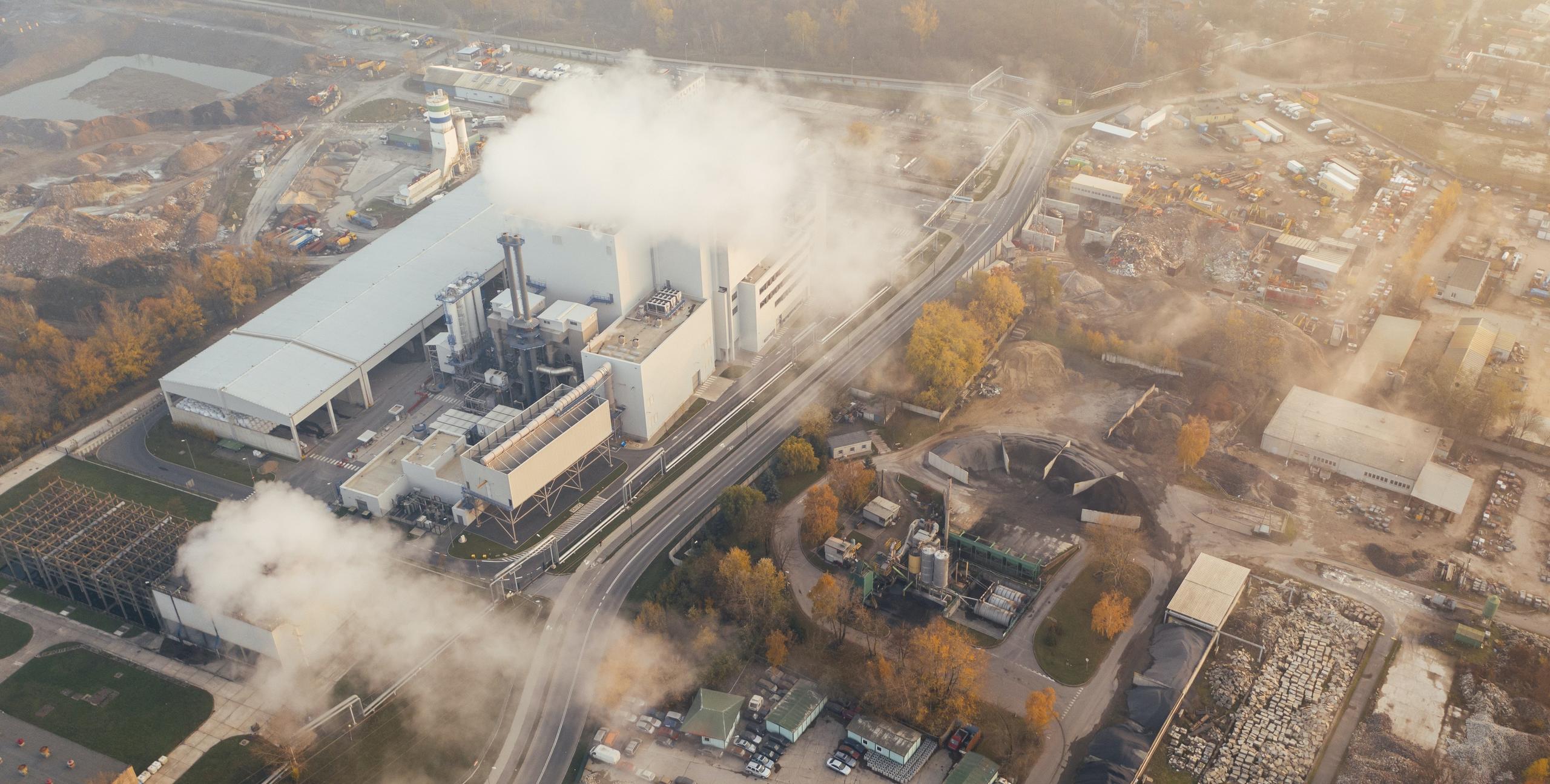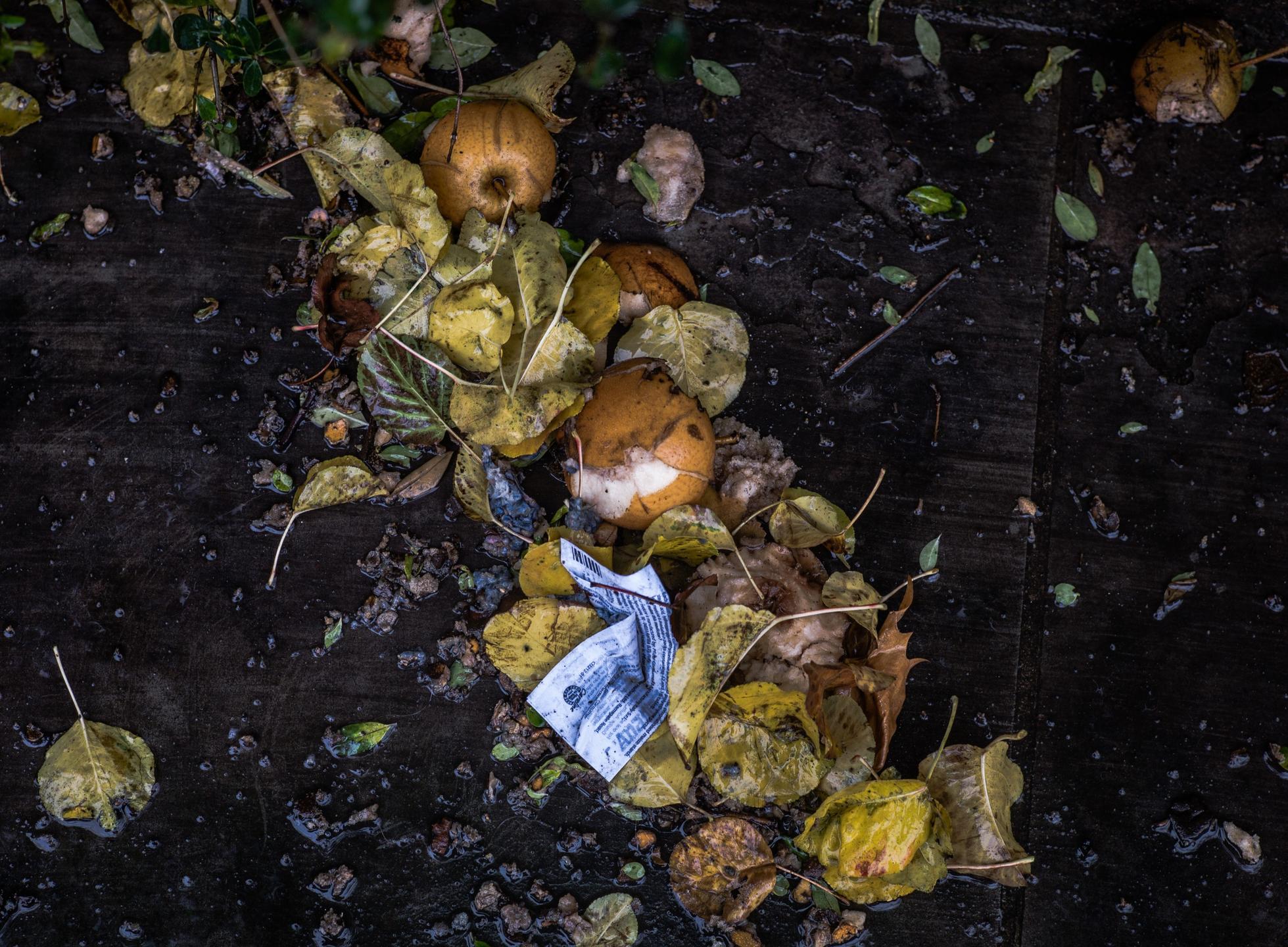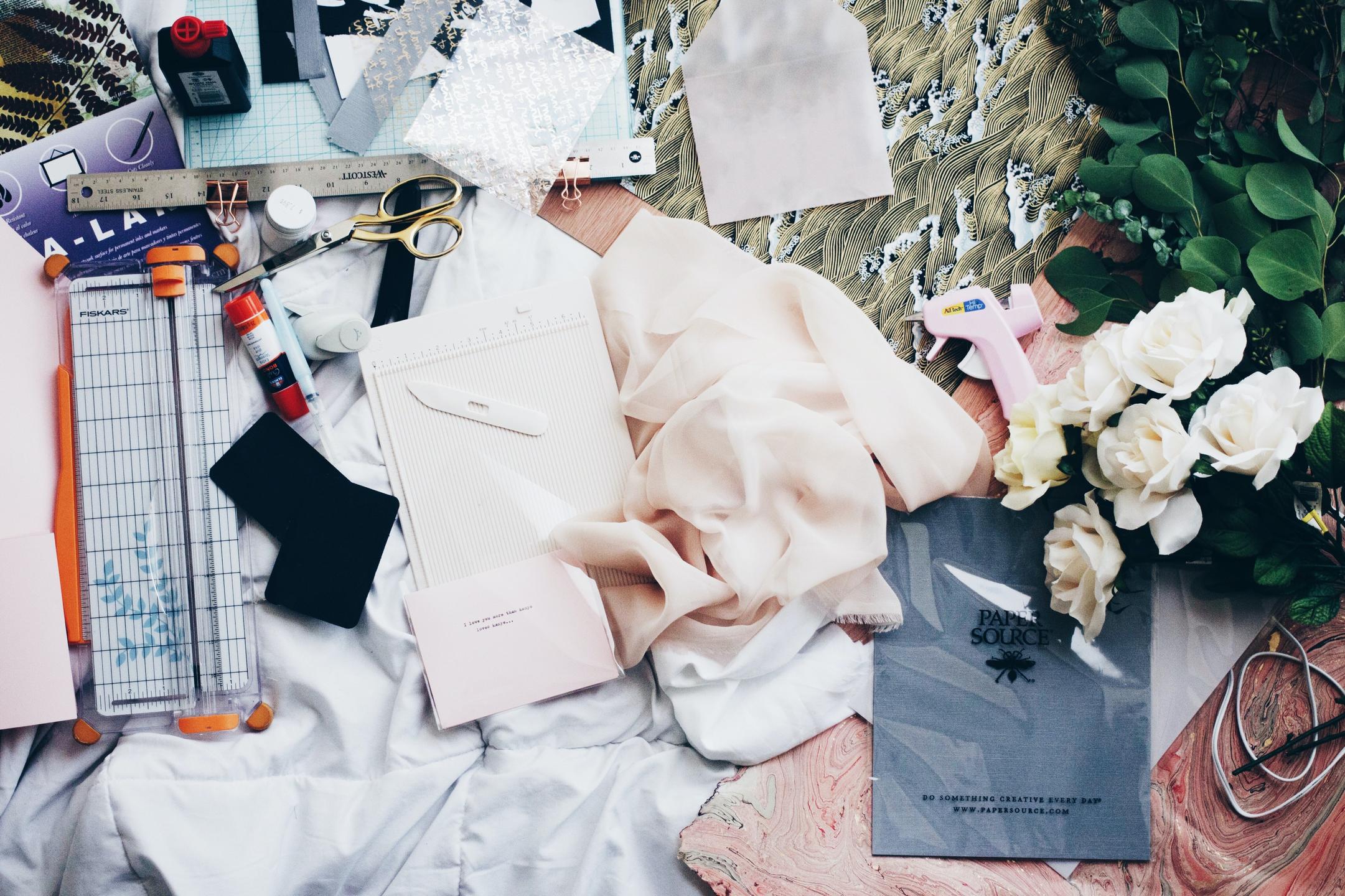11 Tips and Tricks to Help Improve Your Recycling Habits | Blog
January 4th, Written By Emily Glazer
By 2050, experts expect global waste production to increase by 70% unless radical change occurs.
Waste production has already caused devastating implications for the environment including increased carbon emissions, accumulation of trash in landfills, pollution, diminishing of resources, and more. We each have a part to play to prevent this situation from worsening drastically in 30 years.
To reduce our individual contributions to the waste problem, we need to take steps to better our recycling.

11 Tips and Tricks to Help you Improve Your Recycling Habits:
1. Be sure to clean and dry your recyclables.
One of the biggest issues for recycling is food waste. If there are leftovers or liquid remaining in any container you recycle, it can contaminate entire loads of recyclable material, sending them straight to the landfills. Experts assert that whatever you recycle should be clean enough to use again.
2. Don’t confuse your plastics!
Plastics are where it gets confusing since not all plastics can be recycled. Each plastic item has a resin code on it (numbered 1-7), classifying all plastics into different categories. The higher the number, the less rigid and recyclable the plastic is. So which plastics can you recycle? This is where it gets even more confusing. The majority of recycling centers will recycle plastics 1 and 2; however, different cities accept different classifications of plastic. To know which numbers of plastics can be recycled in your area, check your city’s recycling website. Click here to learn more about the resin codes.
3. Keep plastic bags out of recycling!
Plastic bags are the number one perpetrator of ruined recyclables since they tend to mess with the machinery at recycling centers. Oftentimes, when people use plastic bags to hold their recyclables, the whole load of recyclables is thrown out like trash. To avoid this, put your recyclables directly into your curbside bin.

4. Don’t put small items in the recycling.
The rule of thumb for this tip is to not recycle anything smaller than a credit card. This can include things like bottle caps, paperclips, tiny scraps of paper, and can tabs. This is because if recyclables are too small, they are difficult to sort and can jam the recycling machinery.
5. To crush or not to crush?
Should we crush our cans? Most people would think yes because it saves space in the recycling bins- however the actual answer is it depends. If you live in a city with single-stream recycling (when you throw all your recyclables in one bin at the curb) aluminum cans should not be crushed. When crushed in this kind of infrastructure, aluminum cans are harder to sort and can get mixed up with the wrong recyclable materials. On the other hand, if you live in a city that practices multi-stream recycling (when you separate recycling into different bins at the curb), you are free to recycle your cans any way you please.
6. Start a composting system!
If you haven’t already, starting a composting system is a great way to improve your in-home recycling. It is estimated to keep about 30% of waste out of your garbage cans at home. For information about composting systems and how to compost, check out this link:

7. Donate your clothes and shoes.
Instead of throwing out old clothes that you dislike or don’t fit you anymore, why not donate? This will not only reduce the size of landfills, but it will also help those in need. Talk about killing two birds with one stone!
8. Recycle electronics.
In 2016, the United Nations found that there was 44.7 million tons of electronic waste, but only 20% of it was correctly disposed of. To reduce the amount of electronic waste, electronics can be recycled through donations or by taking your device to a tech firm.
9. Twin the bin.
A big reason people fail to recycle is because of inconvenience. A great way to make recycling more convenient is to “twin the bin” or - in other words - put recycling bins right next to your trash bins. In your house, it’s effective to “twin the bin” in your laundry room, bathrooms, and kitchens since these rooms produce the most recyclables.

10. When in doubt, throw it out!
Wishcycling is a creative term coined to describe the phenomena of throwing something into the recycling bin without being positive that it’s recyclable because you don’t want to create more waste. While your intentions may be noble when wishcycling, they have negative consequences. If you are wrong about whether it’s recyclable, the whole load will be treated like trash. So make sure you are completely sure that something is recyclable before you put it in the recycling bin!
11. Reuse creatively.
Instead of putting recyclables directly into the recycling bin after using them, try reusing them with a creative DIY craft. For example, you could make a plastic bottle planter, create a plastic bottle piggy bank, or whatever you can come up with! Check out this link for some fun ideas:
With these adjustments to our routines and attitudes towards recycling, every one of us has the power to create a better tomorrow for ourselves, our communities, and our beautiful planet.

Ecoversity
Subscribe to our newsletter.
Sign up with your email address to receive news and updates.

